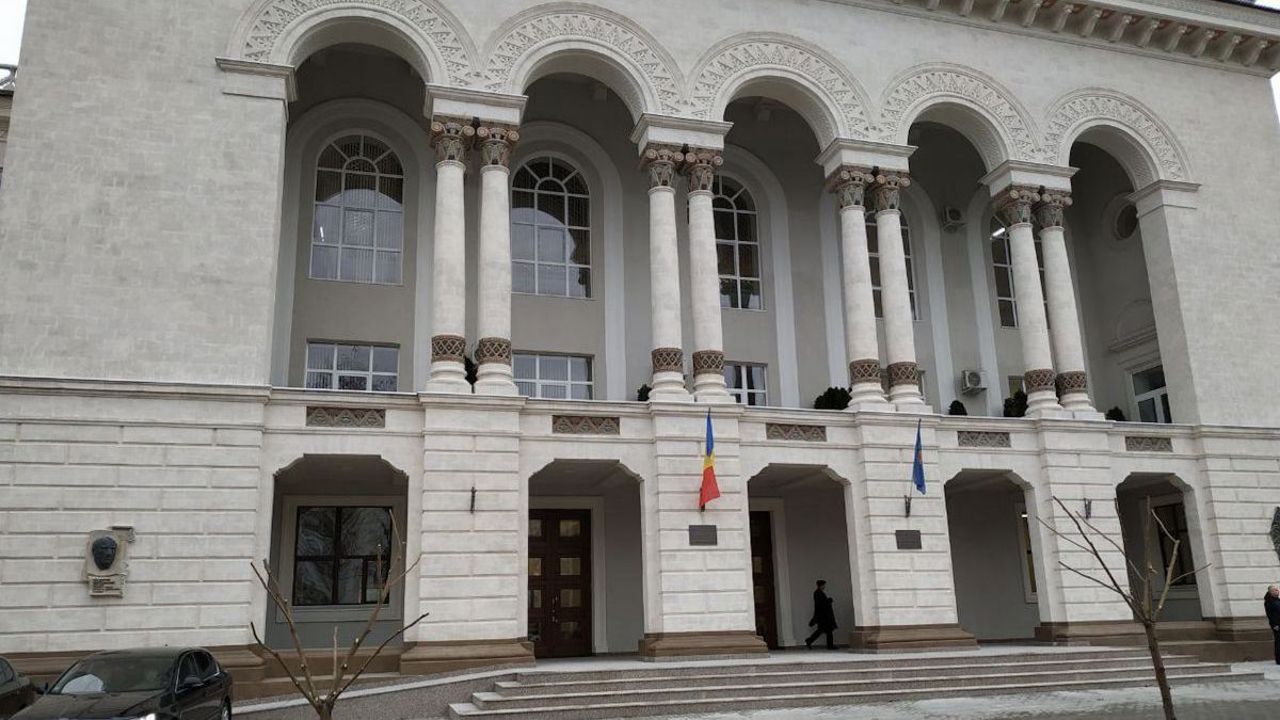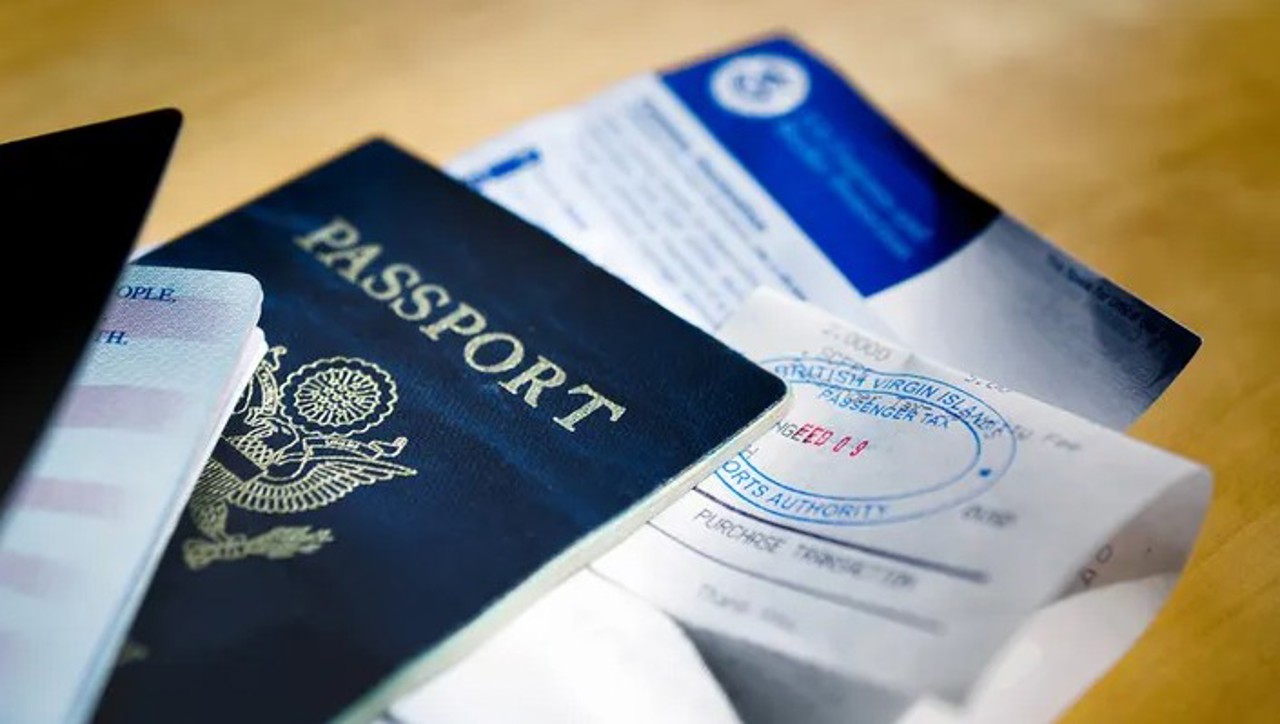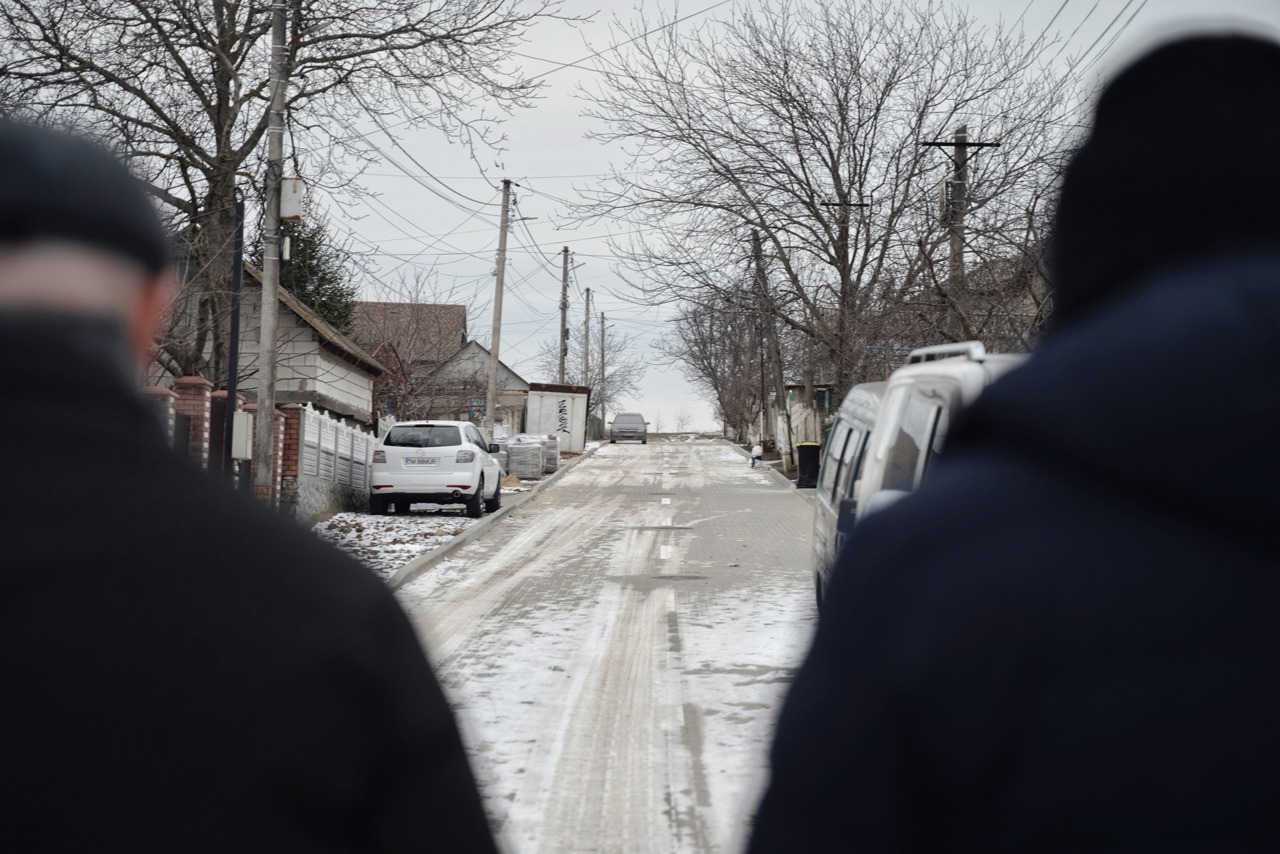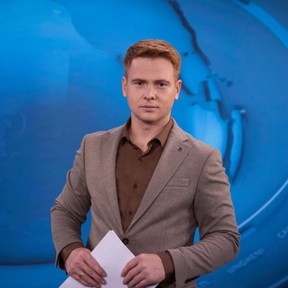Russia's War Machine Stalls: Can They Keep Up?
Russia's offensive in the Kharkiv region, which has received extensive media coverage, is steadily losing momentum with each passing day.
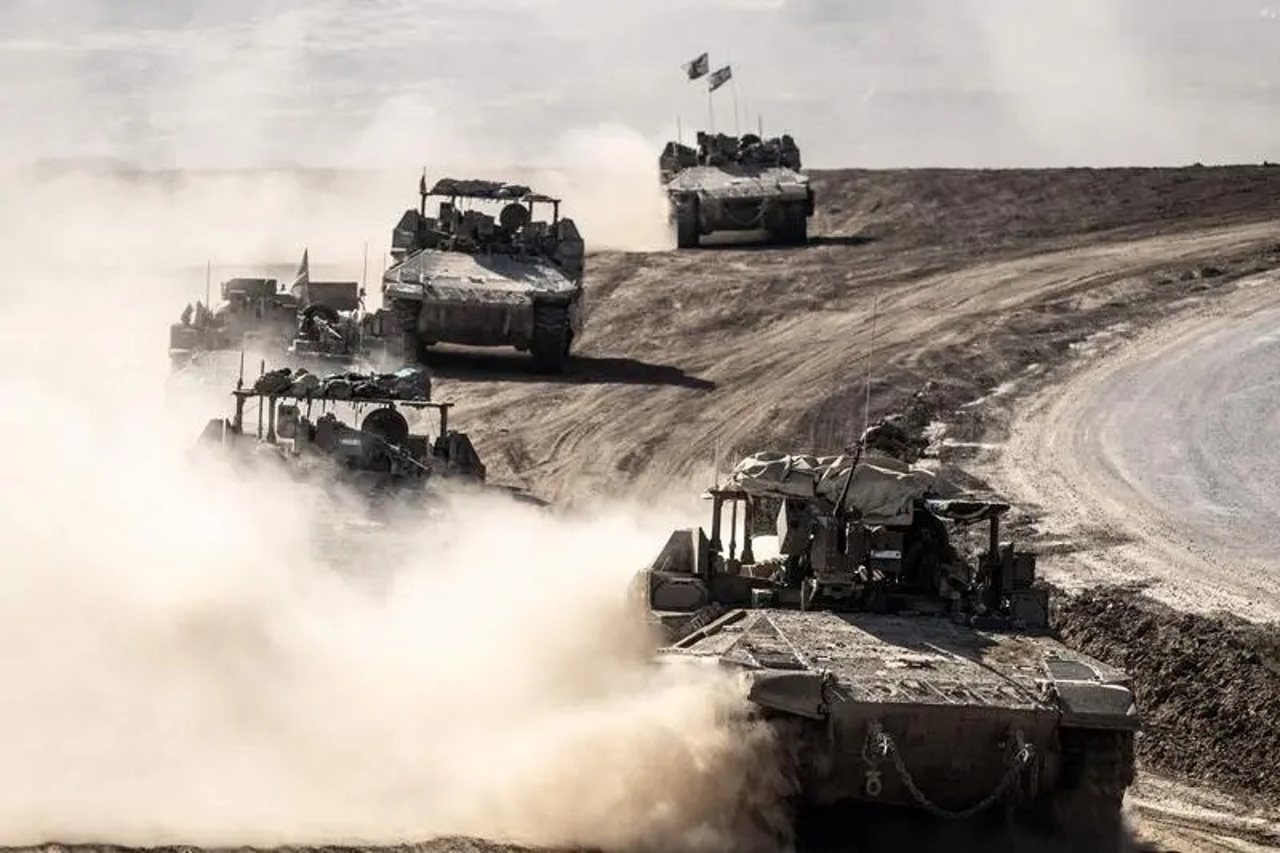
The key question now is how long Russia can sustain its current operational tempo in Ukraine, according to The Economist.
Russia, with a population five times larger than Ukraine's, was initially considered to be in a better position for a war of attrition. However, the Kremlin's armed forces have become bogged down in the cross-border offensive in Kharkiv, while any minor advances in other sectors, primarily the Donbas region, are strategically insignificant and come at a steep cost. The question is no longer whether Ukraine can withstand the onslaught, but rather whether Russia can maintain its current pace of operations. The critical issue is not the mobilisation of additional manpower, but the depletion of Russia's vast stockpiles of weapons inherited from the Soviet Union.
Intelligence estimates suggest that Russia has lost around 3,000 tanks and an additional 5,000 armoured vehicles in the first two years of its full-scale invasion of Ukraine, launched on February 24, 2022. Oryx, a platform dedicated to analysing open-source military losses through verified photos and video footage, has identified 3,235 tanks destroyed or captured belonging to Russia, although they emphasise that the actual number is likely "significantly higher."
Aleksandr Golts, an analyst at the Stockholm Centre for Eastern European Studies, argues that Russian leader Vladimir Putin should be grateful to the Politburo of the former Communist Party of the Soviet Union for the massive stockpiles of weapons amassed during the Cold War era. The analyst suggests that Soviet leaders, aware of the technological inferiority of their military equipment compared to the West, opted for quantity over quality, producing thousands of armoured vehicles during peacetime in anticipation of war. Before its dissolution, the Soviet Union possessed an armoured vehicle arsenal that rivalled the combined holdings of the rest of the world, Golts notes.
In December 2023, former Russian Defense Minister Sergei Shoigu announced the delivery of 1,530 tanks over the past year. However, an assessment by the International Institute for Strategic Studies (IISS) revealed that nearly 85% of these tanks were not new, but rather older models (primarily T-72s, with some T-62s and even a handful of T-55s dating back to the post-World War II era) that had been retrieved from storage and refurbished. Since the launch of the full-scale invasion, only around 175 modern T-90MS tanks have been deployed to the battlefield. While the IISS anticipates production this year to potentially reach 90, Michael Gjerstad, an analyst at the institute, clarifies that most of these T-90MS tanks are essentially "upgrades" to older T-90AS models.
Pavel Luzin, a military capabilities expert at the Center for European Policy Analysis in Washington, believes that Russia's current capacity for building modern tanks is limited to a mere 30 per year. When Ukrainians captured a supposedly modern T-90MS last year, they discovered that its main gun was manufactured in 1992. According to Luzin, Russia's ability to produce new tanks and armoured fighting vehicles, or even refurbish older ones, is hampered by difficulties in acquiring components. Stockpiles of components designated for tank production before the war and intended for use in 2025 have already been depleted, while many essential pieces of equipment were previously imported from Europe and are no longer accessible due to sanctions. In some instances, Russia has sought alternative components from China, but these are said to be of inferior quality.
Luzin concludes that the old Soviet arms supply chain is no longer functional, and the workforce within the military-industrial complex has significantly dwindled. He further highlights Russia's diminishing artillery production capacity as another significant concern. For the time being, with assistance from North Korea, Russia appears to possess sufficient stockpiles of artillery shells, even surpassing Ukraine's supplies at a five-to-one ratio until recently. However, North Korean weaponry is known for rapid deterioration and poor accuracy.
Translation by Iurie Tataru
